Although for many years, Malta has known nothing but peace and tranquility, the island’s history was often quite turbulent, being caught up in numerous conflicts between various foreign powers.
But apart from major wars, Malta was often under threat of hostile raids resulting from a wider conflict that for centuries became a way of life in the Mediterranean: piracy, or corsairing as some preferred to call it.
This phenomenon is known to have been practiced in the region since ancient times but really exploded with the advent of the Crusades, as the conflict between Christianity and Islam provided the perfect justification for attacks on ‘enemy’ shipping and coastal settlements.
Being on the Christian side, the main threat to Malta came from the Barbary corsairs of North Africa, who terrorised Christian shipping operating in the region, as well as frequently landing on Mediterranean shores, where they showed no mercy as they sacked whole settlements, carrying off with them livestock and valuables.
But their main aim was often to take slaves, who could then be sold off at auction, or else offered back to their wealthy families for a considerable ransom fee.
Of course, not everyone could afford this, explaining why institutions such as the Monte della Redenzione degli Schiavi were set up.
The task of this organisation was to raise funds to pay the ransom of Maltese slaves from poorer families, but the truth is that many never made it back home.
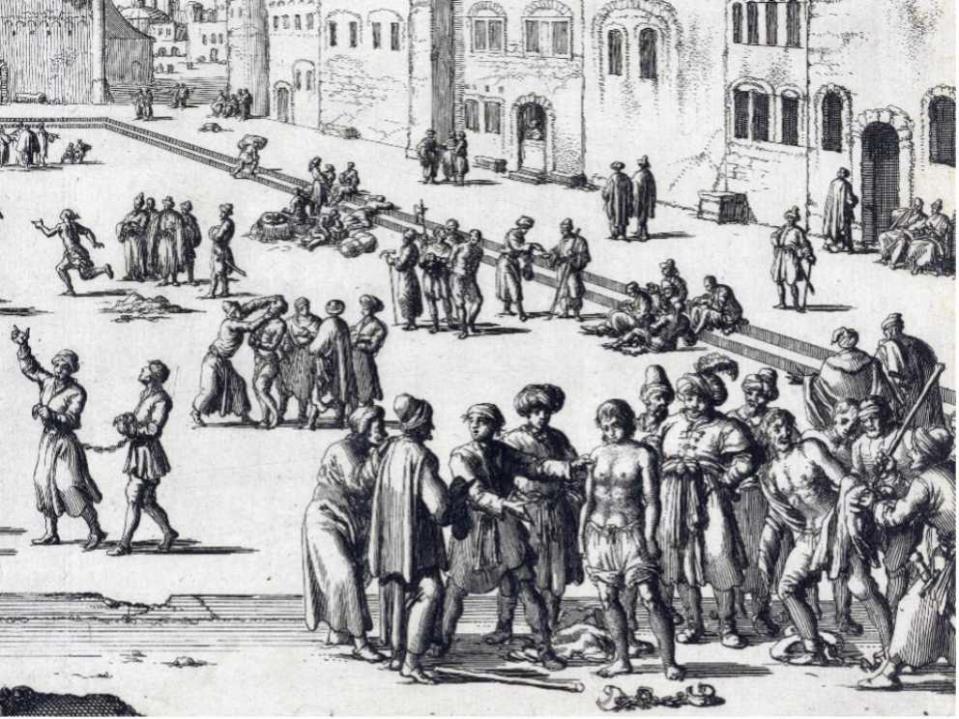
The fear of being enslaved was very real, and played an important role in the lives of many of our predecessors, as evidenced by the numerous wayside chapels in the Maltese countryside that have some connection with stories of pirate attacks, as well as the numerous pirate legends that have become a part of Maltese folklore.
1. Għar Ħasan
One of the more popular legends about the subject does not mention a pirate attack as such, but the main character is a Muslim slave, who presumably would have been captured in one of the many sea battles between Maltese and Barbary corsairs.
Not surprisingly, Ħasan, as he was called, had for many years longed to be able to return to his homeland, even though while in Malta he had become infatuated with his master’s daughter.

Ħasan is usually described as a hateful and evil person, perhaps reflecting the stereotypical image that most Maltese had of people like him at the time.
Despite being treated well by his master, he ended up trying to flee from Malta with the aforementioned girl, Marija. While some versions claim that she went willingly, others insist that she was abducted.
Ħasan took Marija to a cave in the vicinity of Birżebbuġa, known to this day as Għar Ħasan (Ħasan’s Cave), from where he intended to make his escape by sea.
He promised Marija that if she went with him and converted to Islam, he would provide for her and make her a very happy woman.
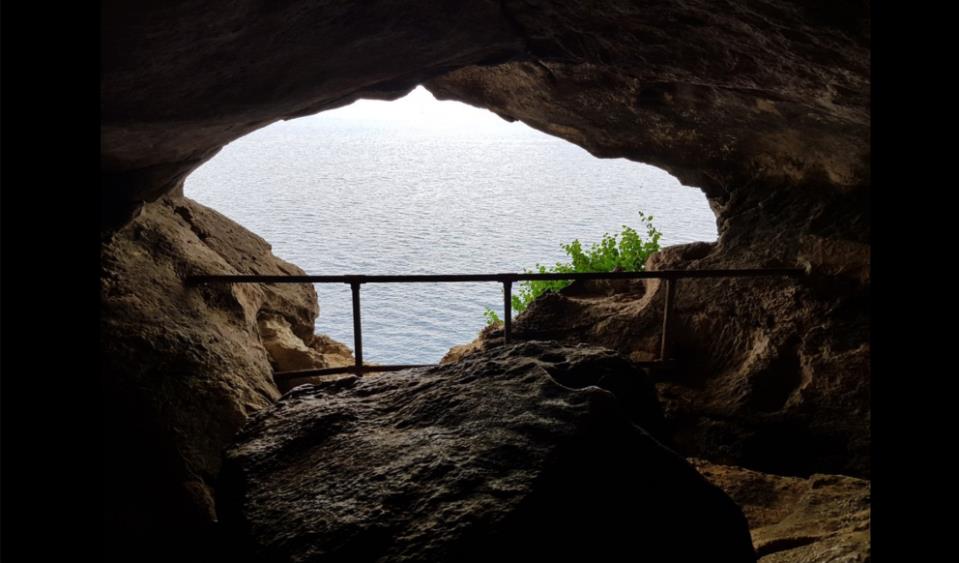
When Marija informed him that she had no intention of abandoning her country and her Christian faith, Ħasan was enraged.
At the same time, soldiers led by Marija’s father approached the cave, having finally tracked them down.
Afraid of being caught, and angered by Marija’s refusal to escape with him, the vengeful Ħasan leaped out of the cave, whilst grabbing hold of the girl and dragging her with him to their deaths, dashed to pieces on the rocks below, or, according to another version, drowned in the raging sea: a tragic end either way.
2. L-Għarusa tal-Mosta
A somewhat similar story is that associated with Cumbo Tower in Mosta, which belonged to the Cumbo family.
They also had a slave, called Ħaġġi, as well as a daughter, Marjanna, to whom inevitably Ħaġġi became attracted.
It seems that although Ħaġġi was initially loyal towards the family, everything changed when Marjanna became engaged to a Maltese nobleman, a certain Toni Manduca.
Consumed with jealousy, Ħaġġi soon deserted, boarding a ship and finding his way back to his home in Turkey.
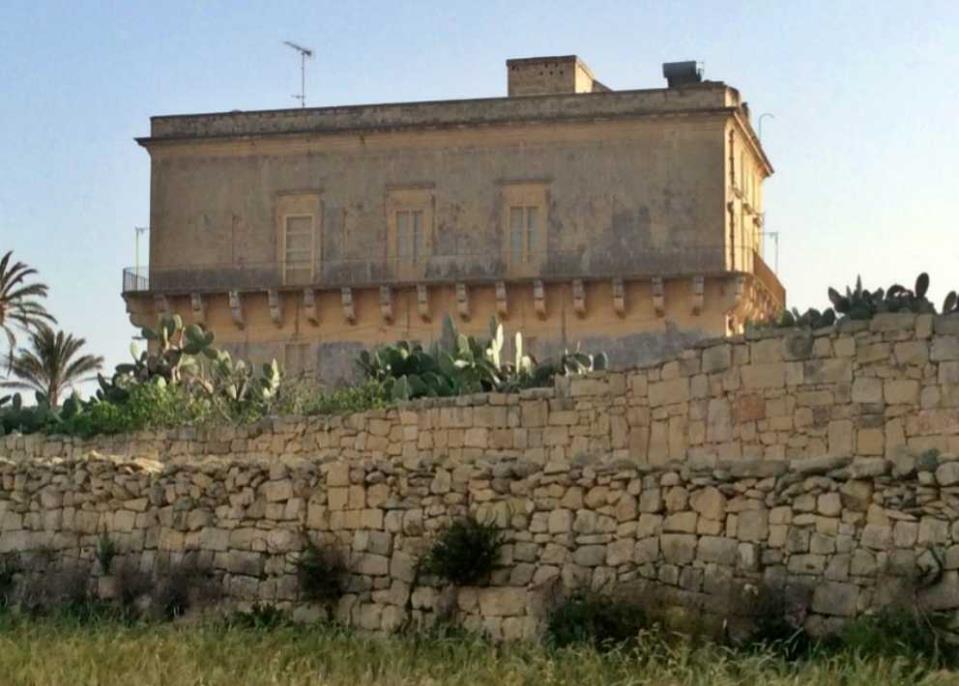
Yet, less than a year later he was back, this time as part of a pirate raid targeting Mosta.
Together with some accomplices, Ħaġġi showed up at Cumbo Tower, where preparations were underway for Marjanna’s impending wedding to Toni.
Unaware of what was happening, Marjanna’s father opened the door, at which point Ħaġġi rushed into the house and abducted the young woman.
She was bundled onto a ship and carried away.

Upon hearing the news, the distraught Toni took it upon himself to rescue his fiancee.
He set sail for Turkey, where he disguised himself in an effort to discover her whereabouts.
One day, whilst near the Sultan’s palace, he was stunned to hear Marjanna singing, revealing that she was being kept there. Marjanna was overjoyed to hear him singing back, realising that he had come to rescue her.
With the help of the Sultan’s daughter, a kindly woman it seems, she was able to exit the palace in disguise, before making her getaway to Malta with her beloved Toni.

This story does seem to have been inspired by real events. In 1526, Barbary corsairs raided Mosta and it is said that among those enslaved there were a number of people who were guests at a wedding, as well as the bride herself.
Although many of them eventually returned to Malta having paid their ransom, such was the expense involved that for many years after, Mosta was known for the misery and poverty of its inhabitants.
3. St. Agatha
An interesting church in Mdina is that dedicated to St. Agatha, located on Villegaignon Street.
St. Agatha has long had strong links with Malta, and especially the Mdina and Rabat area.
According to tradition, she lived in the 3rd century AD, during a period when Christians were being persecuted in her native Sicily.
As a result, she briefly fled to Malta, seeking refuge. Eventually, she returned to Sicily, where she was brutally tortured and martyred.
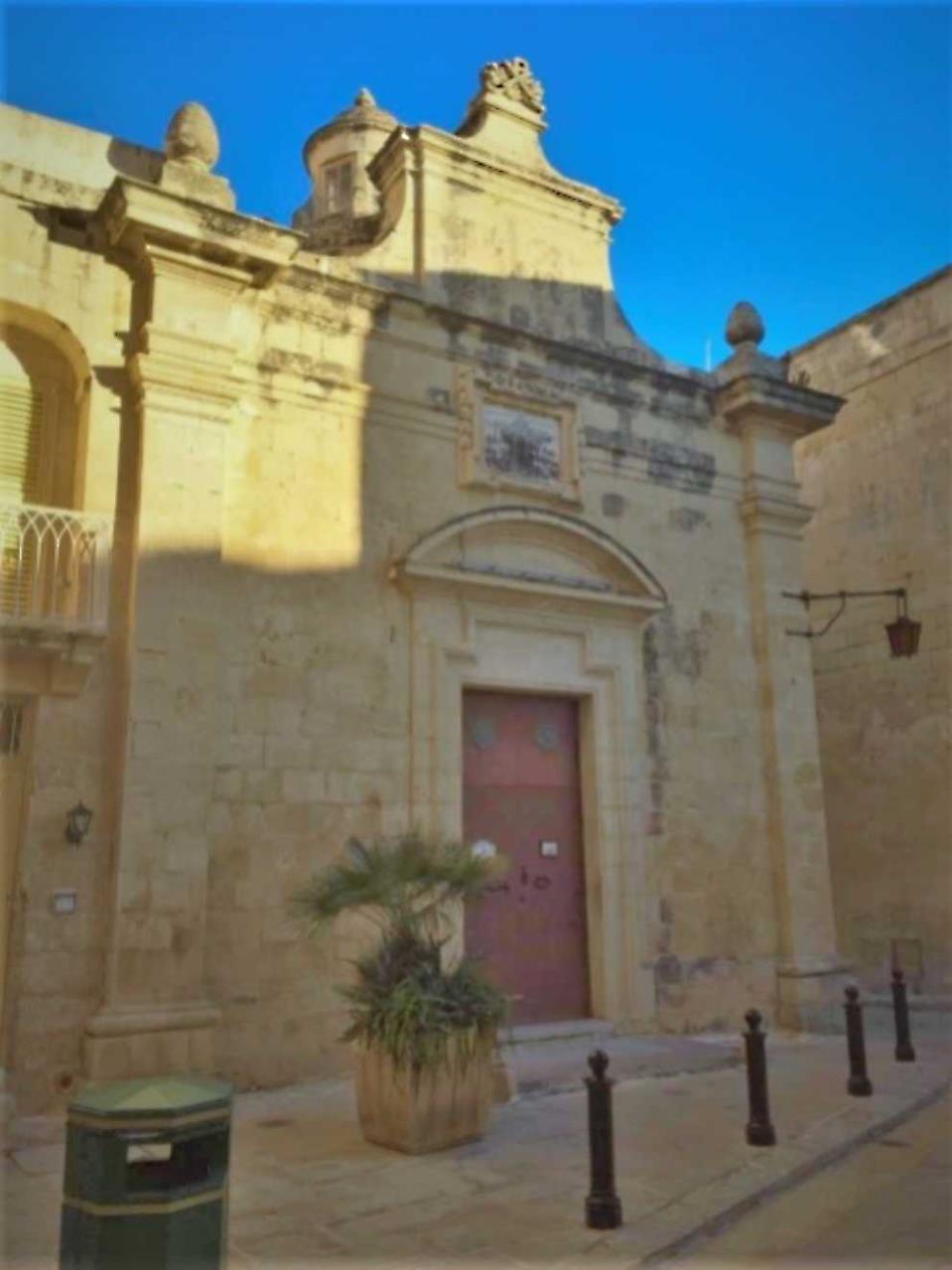
However, there is also a second legend linking her to Malta.
In 1551, an Ottoman fleet under the command of Sinan Pasha and the dreaded corsair Turgut Reis entered Marsamxett Harbour and landed several thousand men.
They attacked Birgu but finding the defences much stronger than they had anticipated, they instead turned their attention inland towards Mdina, which they believed to be more vulnerable.
Upon learning that such a large force was approaching, the people seeking refuge inside the city were terrified.
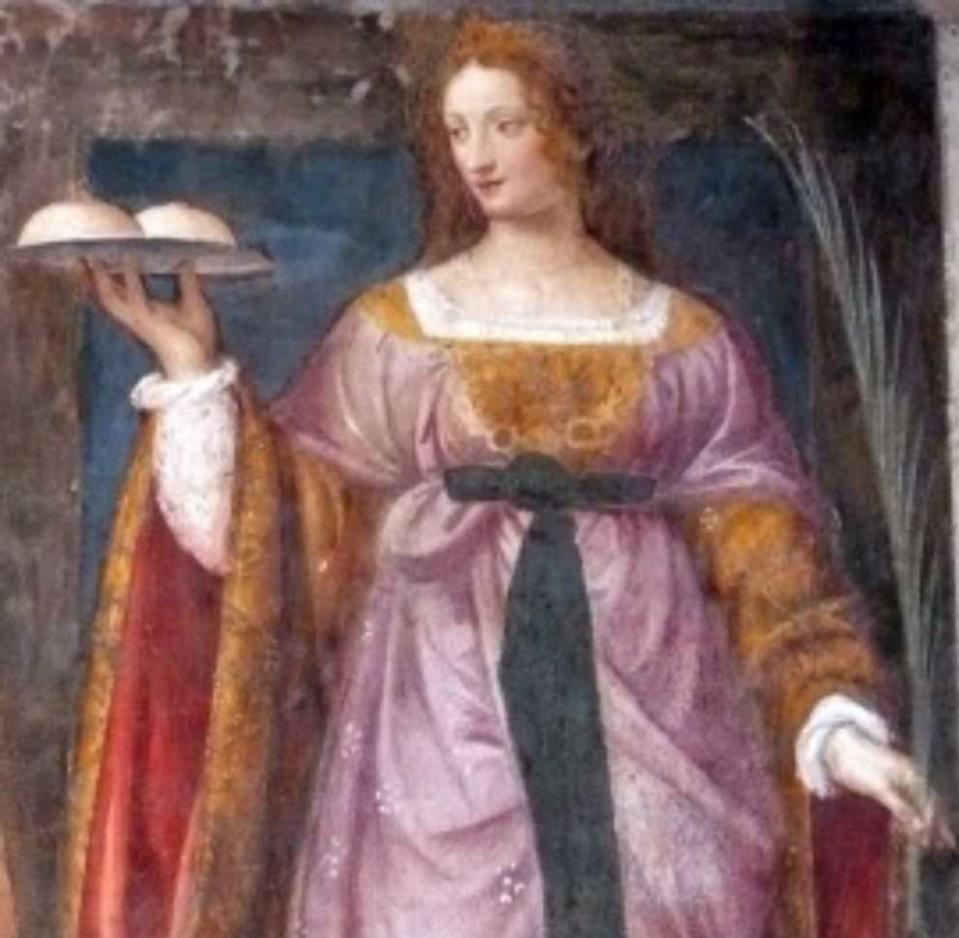
But at this point, a local nun claimed that St. Agatha had appeared to her the night before, not only to warn her of the impending attack but also to offer a solution: she gave instructions for a procession around the city’s bastions carrying her statue.
It is claimed that as the Ottomans approached, they mistook the people in the procession for armed guards patrolling the walls, and thinking that the city was after all very strongly guarded, soon changed their minds, sailing to Gozo instead.
Unfortunately, history tells us what happened next. The Citadel fell to the Ottomans after a brief siege, and practically the entire Gozitan population was carried off into slavery.
Presumably, St. Agatha is not so popular over there!
4. Wied Speranza
Another interesting legend is that linked to the small church dedicated to Our Lady of Hope, which was built in Wied Speranza in Mosta, in 1757.
To this day, underneath the church, one can see a cave where a statue of a kneeling girl recalls the legend and origins of the building.

According to tradition, in 1750, some local families were working in their fields when they spotted pirates approaching.
Dropping what they were doing, they immediately fled in the direction of Mosta, running as fast as they could.
Unfortunately, a young woman called Marija got cut off from the group, unable to keep up with them. Realising that the pirates were just behind her, and unable to keep running, she entered a small cave, hoping that the men would not follow.
While the pirates had not seen exactly where she had gone, they knew that she had to be somewhere close.
Marija could hear their footsteps as they carefully combed the area.
Terrified, she started praying to the Virgin Mary, promising that if she somehow got away, she would build a church for her as a thank you.
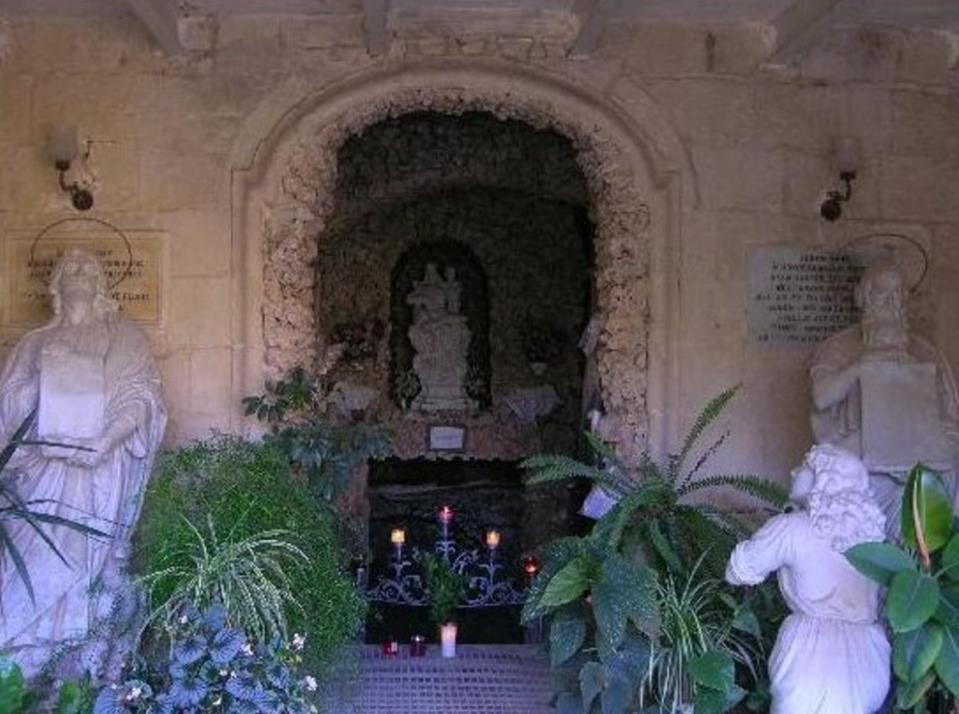
The story goes that at this point there was a spider that very quickly started to weave a web right across the entrance of the cave.
When shortly afterward the pirates stopped just outside, they noticed the web and thinking that since it was intact the girl could surely not have gone in that direction, continued their search elsewhere, until they eventually gave up and returned to their ship.
It was only then that Marija finally exited her hiding place and returned safely home.
But she did not forget her promise: only a few years later, a church was built on the very same spot, and it became a popular place for devotees seeking hope, just like Marija had done.
5. San Dimitri
Malta’s sister island Gozo also has its own fair share of pirate legends.
After all, for many centuries there was little investment in improving the island’s defences, meaning that Gozo was more vulnerable to such raids.
Just outside the village of Għarb, surrounded by countryside, is a small, countryside chapel, built in the 18th century and dedicated to St. Demetrius.
It is known to have replaced an earlier medieval chapel. The main altarpiece of the church depicts St. Demetrius on horseback, together with an old woman praying and a young man in chains.
This recalls the legend associated with this church.
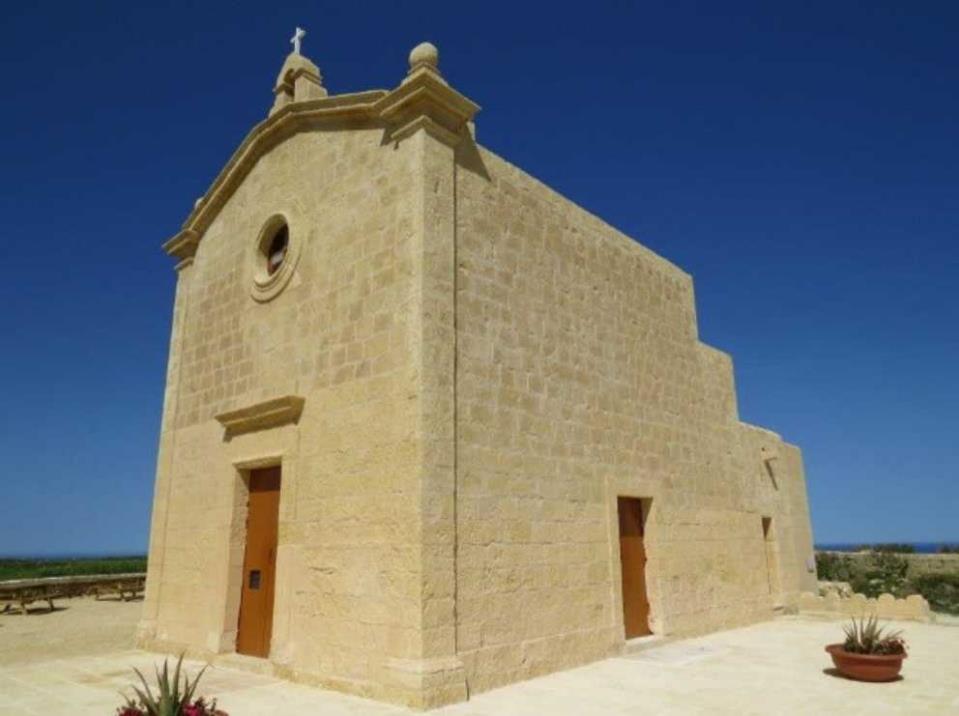
An old woman, known as Żgugina, lived close to the church with Mattew, her only son.
To her horror, one day pirates swooped down onto their home out of nowhere and having abducted her son, immediately set sail away from Gozo, taking him with them.
The desperate Żgugina, having no one to turn to, ran to the church and prayed to St. Demetrius to free her son, promising that if he would bring him back she would make sure that the saint’s lamp in the chapel would always be lit.
Suddenly, the painting came alive: St. Demetrius rode out on his horse and set off in pursuit of the pirate ship, only to return soon after with the rescued Mattew beside him, before reentering the painting.
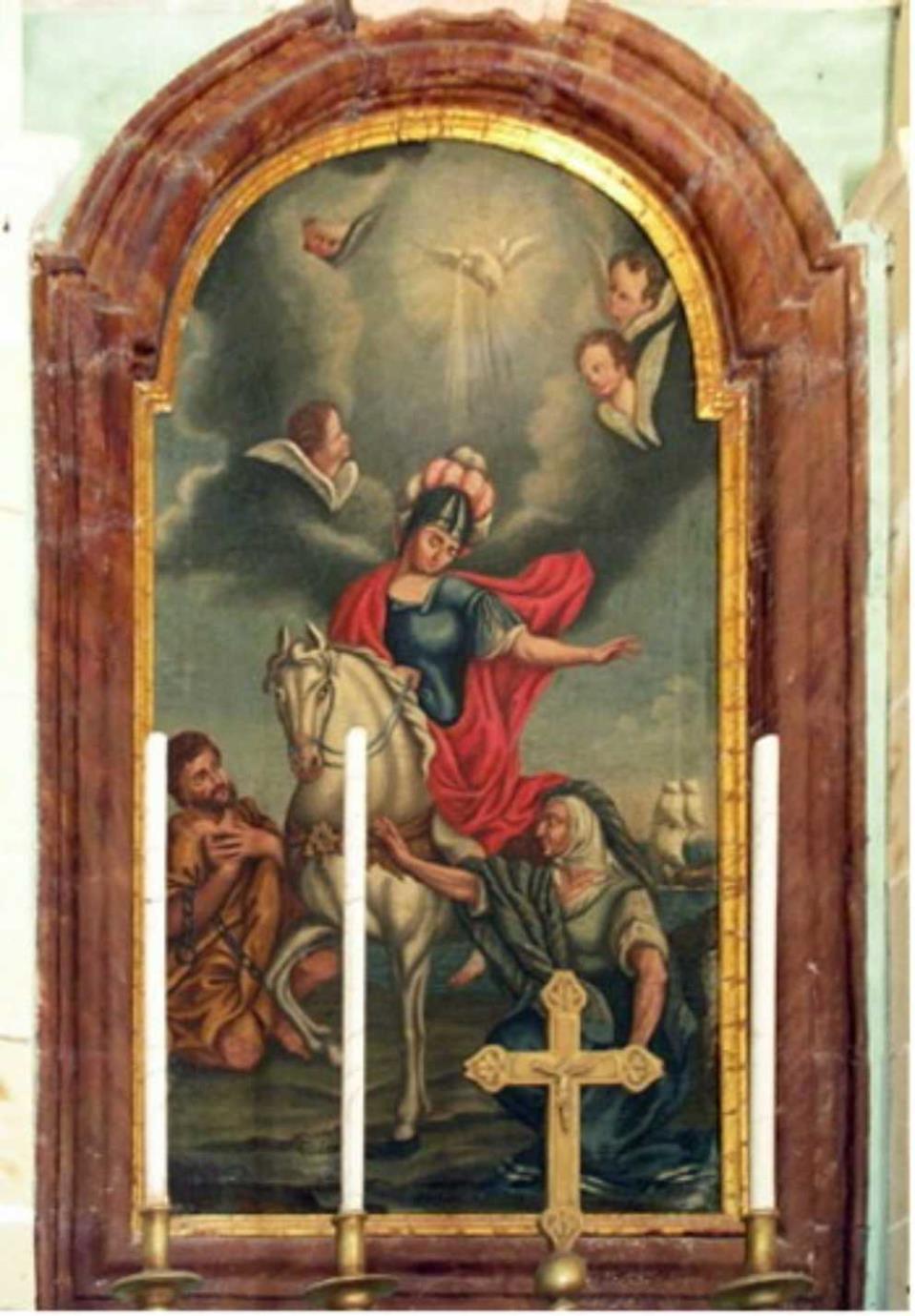
But the legend does not end there. It is claimed that the church, which preceded the more recent one, toppled into the sea as a result of an earthquake some years later.
And yet, sailors and fishermen passing from the area could often see Żgugina’s lamp still burning even underwater!
While most of these legends have been clearly embellished over time, it is clear that most of them are loosely based on real events.
Also, the sheer number of such legends in Malta reflects just how much this fear of piracy dominated the lives of the local inhabitants throughout previous centuries.
Having said that, this was something common to all Mediterranean lands, and what is not often so well recorded and spoken about is the other side of the coin: Maltese corsairs were sponsored by the Knights of St. John to carry out the exact same tactics against the opposite side, and were among the most feared pirates in the Mediterranean.
Indeed, Malta is known to have become somewhat of an international slave-trading centre, with slave auctions on the islands being banned only with Napoleon’s arrival in 1798.
One wonders what legends they might have in North Africa about Maltese pirates.
Matthew Camilleri is Tours Manager at Colour My Travel
www.colourmytravel.com